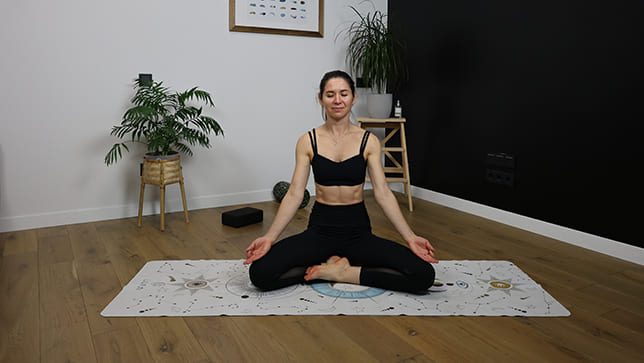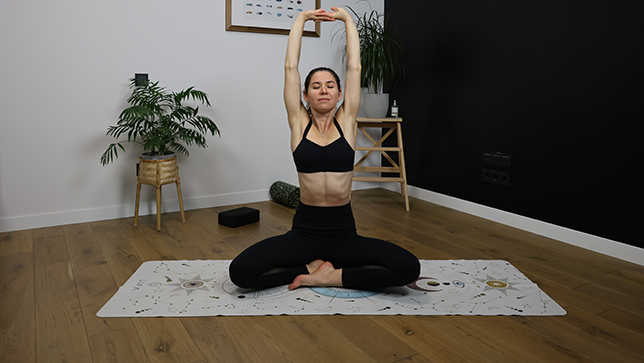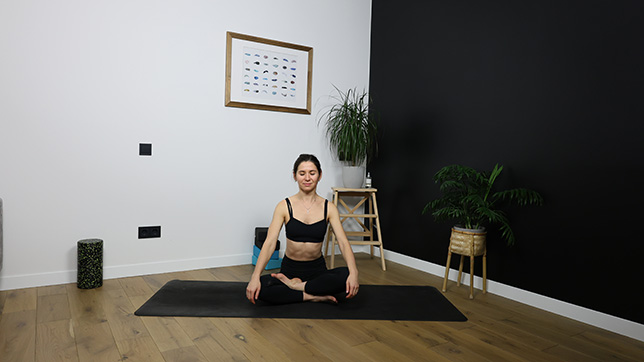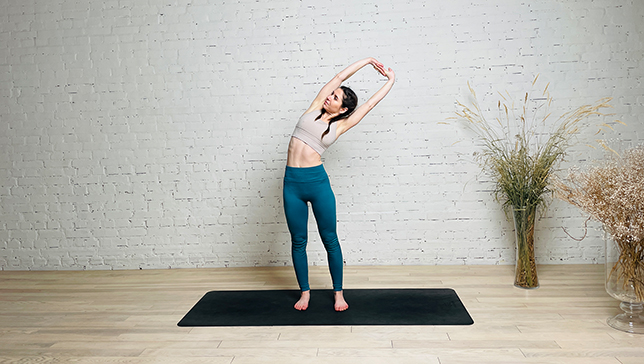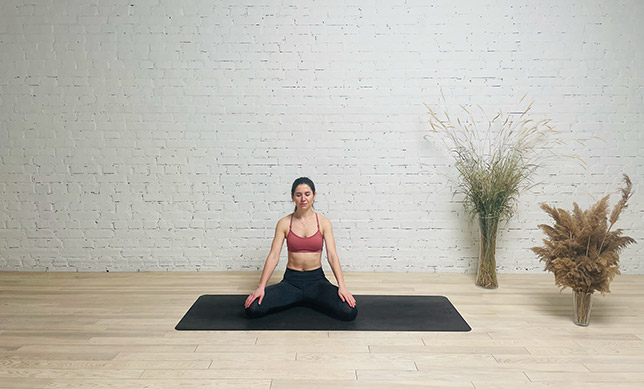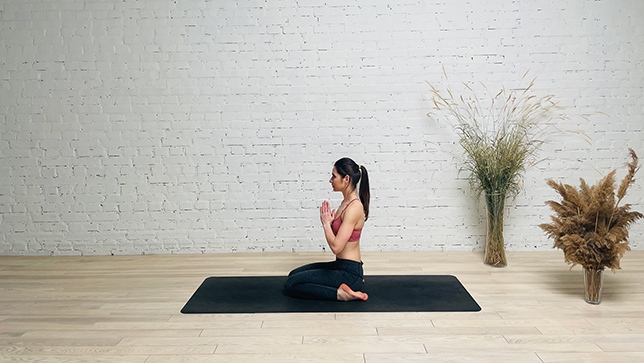While there are no specific “types” of meditation yoga poses, various yoga poses can be used as a foundation for different meditation techniques and styles. Each pose may have a unique impact on the body, mind, and energy, making it suitable for different meditation practices. Here are some common types of meditation yoga poses:
- Seated Poses: this poses for meditation are yoga postures that provide a stable and comfortable position for practicing meditation. These poses are designed to keep the spine erect and the body relaxed, allowing the practitioner to sit for an extended period with ease, focus, and comfort. Seated meditation poses are commonly used in various meditation traditions, including mindfulness meditation, Vipassana, Zen, and others.
- Reclined Poses: Reclined poses for meditation are yoga postures where the practitioner lies down on their back in a relaxed position. These poses are particularly beneficial for individuals who may have difficulty sitting for an extended period or those seeking a more restful and soothing meditation practice. Reclined meditation poses are often used for practices like Yoga Nidra (yogic sleep) and body scan meditations, where the focus is on deep relaxation, body awareness, and inner exploration.
- Standing Poses (Dynamic Meditation): this poses for dynamic meditation refer to yoga postures that are used to create movement and flow during a meditation practice. These poses involve gentle and continuous movements coordinated with the breath, which helps in building awareness, focus, and mindfulness. Dynamic meditation is an active form of meditation that combines the benefits of yoga and meditation, allowing practitioners to cultivate a sense of presence while in motion.
- Moving Meditation: moving meditation poses, also known as meditation in motion or mindful movement, are yoga postures or exercises that combine the principles of meditation with continuous and deliberate movements. Instead of maintaining static postures, as in traditional seated or reclined meditation, moving meditation involves gentle, rhythmic, and purposeful movements that synchronize with the breath and promote mindfulness. This practice allows individuals to find presence and inner awareness while being active and engaged.
- Walking Meditation: while not a traditional yoga pose, walking meditation involves mindfulness and meditation during walking, usually performed at a slower pace, focusing on each step and breath.
- Mudras: hand gestures or mudras are used in meditation to direct energy flow and aid in concentration. Some common mudras include Gyan Mudra, Chin Mudra, and Anjali Mudra. Visualization and Imagery: while not a physical pose, visualization and imagery techniques can be combined with meditation to enhance the meditative experience.
It’s essential to choose a meditation yoga pose that suits your body and level of comfort. Different poses may have varying effects on your ability to focus and meditate effectively. If you’re new to meditation, starting with seated poses like Sukhasana or using a comfortable chair may be a good option. As you progress in your practice, you can explore other poses and meditation techniques to find what works best for you. Remember that the most important aspect of meditation is to find stillness, focus, and peace of mind, regardless of the physical pose you choose.
